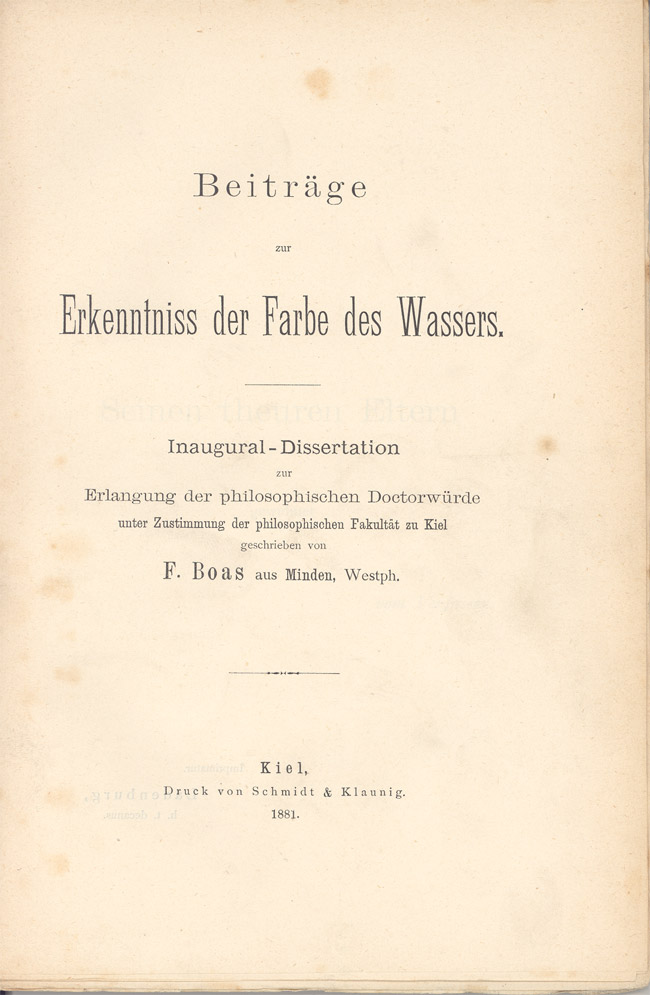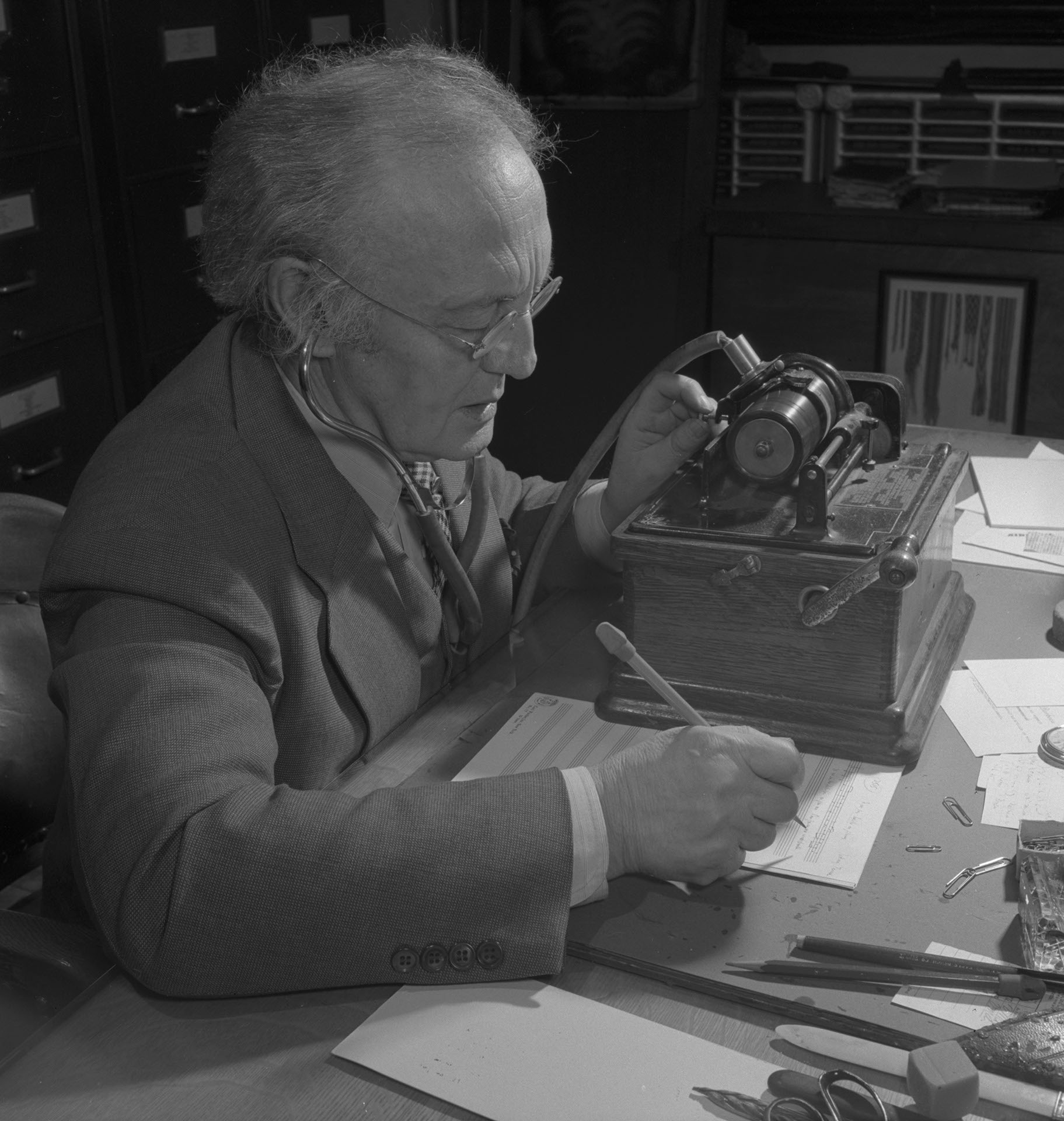|
Canadian Museum Of History
The Canadian Museum of History (french: Musée canadien de l’histoire) is a national museum on anthropology, Canadian history, cultural studies, and ethnology in Gatineau, Quebec, Canada. The purpose of the museum is to promote the heritage of Canada, as well as support related research. The museum is based in a designed by Douglas Cardinal. The museum originated from a museum established by the Geological Survey of Canada in 1856, which later expanded to include an anthropology division in 1910. In 1927, the institution was renamed the National Museum of Canada. The national museum was later split into several separate institutions in 1968, with the anthropology and human history departments forming the National Museum of Man. The museum relocated to its present location in Gatineau in 1989 and adopted the name Canadian Museum of Civilization the following year. In 2013, the museum adopted its current name, the Canadian Museum of History, and saw its mandate modified so fu ... [...More Info...] [...Related Items...] OR: [Wikipedia] [Google] [Baidu] |
Ottawa River
The Ottawa River (french: Rivière des Outaouais, Algonquin: ''Kichi-Sìbì/Kitchissippi'') is a river in the Canadian provinces of Ontario and Quebec. It is named after the Algonquin word 'to trade', as it was the major trade route of Eastern Canada at the time. For most of its length, it defines the border between these two provinces. It is a major tributary of the St. Lawrence River and the longest river in Quebec. Geography The river rises at Lac des Outaouais, north of the Laurentian Mountains of central Quebec, and flows west to Lake Timiskaming. From there its route has been used to define the interprovincial border with Ontario. From Lake Timiskaming, the river flows southeast to Ottawa and Gatineau, where it tumbles over Chaudière Falls and further takes in the Rideau and Gatineau rivers. The Ottawa River drains into the Lake of Two Mountains and the St. Lawrence River at Montreal. The river is long; it drains an area of , 65 per cent in Quebec and ... [...More Info...] [...Related Items...] OR: [Wikipedia] [Google] [Baidu] |
Ethnological
Ethnology (from the grc-gre, ἔθνος, meaning 'nation') is an academic field that compares and analyzes the characteristics of different peoples and the relationships between them (compare cultural, social, or sociocultural anthropology). Scientific discipline Compared to ethnography, the study of single groups through direct contact with the culture, ethnology takes the research that ethnographers have compiled and then compares and contrasts different cultures. The term ''ethnologia'' (''ethnology'') is credited to Adam Franz Kollár (1718-1783) who used and defined it in his ''Historiae ivrisqve pvblici Regni Vngariae amoenitates'' published in Vienna in 1783. as: “the science of nations and peoples, or, that study of learned men in which they inquire into the origins, languages, customs, and institutions of various nations, and finally into the fatherland and ancient seats, in order to be able better to judge the nations and peoples in their own times.” Koll� ... [...More Info...] [...Related Items...] OR: [Wikipedia] [Google] [Baidu] |
Canadian Museum Of Nature
The Canadian Museum of Nature (french: Musée canadien de la nature; CMN) is a national natural history museum based in Canada's National Capital Region. The museum's exhibitions and public programs are housed in the Victoria Memorial Museum Building, a structure in Ottawa, Ontario. The museum's administrative offices and scientific centres are housed at a separate location, the Natural Heritage Campus, in Gatineau, Quebec. The museum originated from a museum established by the Geological Survey of Canada in 1856. Originally based in Montreal, the museum relocated to downtown Ottawa in 1881. In 1911, the museum relocated to Victoria Memorial Museum Building. Initially a natural history museum, the institution later expanded to include an anthropology and human history department; with the institution renamed the National Museum of Canada in 1927. The departments of the national museum were later split into separate national institutions, with the natural history department f ... [...More Info...] [...Related Items...] OR: [Wikipedia] [Google] [Baidu] |
Canadian War Museum
The Canadian War Museum (french: link=no, Musée canadien de la guerre; CWM) is a national museum on the country's military history in Ottawa, Ontario, Canada. The museum serves as both an educational facility on Canadian military history, in addition to serving as a place of remembrance. The museum building is situated south of the Ottawa River in LeBreton Flats. The museum houses a number of exhibitions and memorials, in addition to a cafeteria, theatre, curatorial and conservation spaces, as well as storage space. The building also houses the Military History Research Centre, the museum's library and archives. The Canadian War Museum was formally established in 1942, although portions of the museum's collections originate from a military museum that operated from 1880 to 1896. The museum was operated by the Public Archives of Canada until 1967, when the National Museums of Canada Corporation was formed to manage several national institutions, including the war museum. In ... [...More Info...] [...Related Items...] OR: [Wikipedia] [Google] [Baidu] |
Diamond Jenness
Diamond Jenness, (February 10, 1886, Wellington, New Zealand – November 29, 1969, Chelsea, Quebec, Canada) was one of Canada's greatest early scientists and a pioneer of Canadian anthropology. Early life (1886–1910) Family and childhood Diamond Jenness was the second youngest son in a middle-class family of ten children. His father's profession was that of a watchmaker/jeweler, though he also installed several clocks in municipal building towers in New Zealand. The family was encouraged to read, learn music, and engage in sports. Richling, in his biography “In Twilight and in Dawn,” writes that the young Jenness “was a proficient outdoorsman and an accomplished sharpshooter,” skills that helped prepare him for his experience in the arctic years later. Education At an early age, Jenness showed proficiency for learning. He earned his first scholarship at the age of twelve by entering a composition competition for children under fourteen. In those days, in New ... [...More Info...] [...Related Items...] OR: [Wikipedia] [Google] [Baidu] |
Franz Boas
Franz Uri Boas (July 9, 1858 – December 21, 1942) was a German-American anthropologist and a pioneer of modern anthropology who has been called the "Father of American Anthropology". His work is associated with the movements known as historical particularism and cultural relativism. Studying in Germany, Boas was awarded a doctorate in 1881 in physics while also studying geography. He then participated in a geographical expedition to northern Canada, where he became fascinated with the culture and language of the Baffin Island Inuit. He went on to do field work with the indigenous cultures and languages of the Pacific Northwest. In 1887 he emigrated to the United States, where he first worked as a museum curator at the Smithsonian, and in 1899 became a professor of anthropology at Columbia University, where he remained for the rest of his career. Through his students, many of whom went on to found anthropology departments and research programmes inspired by their mentor, Boas pro ... [...More Info...] [...Related Items...] OR: [Wikipedia] [Google] [Baidu] |
Marius Barbeau
Charles Marius Barbeau, (March 5, 1883 – February 27, 1969), also known as C. Marius Barbeau, or more commonly simply Marius Barbeau, was a Canadian ethnographer and folklorist who is today considered a founder of Canadian anthropology. A Rhodes Scholar, he is best known for an early championing of Québecois folk culture, and for his exhaustive cataloguing of the social organization, narrative and musical traditions, and plastic arts of the Tsimshianic-speaking peoples in British Columbia (Tsimshian, Gitxsan, and Nisga'a), and other Northwest Coast peoples. He developed unconventional theories about the peopling of the Americas. Life and career Youth and education Frédéric Charles Joseph Marius Barbeau was born March 5, 1883, in Sainte-Marie, Quebec. In 1897, he began studies for the priesthood. He did his classical studies at Collège de Ste-Anne-de-la-Pocatière. In 1903 he changed his studies to a law degree at Université Laval, which he received in 1907. He w ... [...More Info...] [...Related Items...] OR: [Wikipedia] [Google] [Baidu] |
Edward Sapir
Edward Sapir (; January 26, 1884 – February 4, 1939) was an American Jewish anthropologist-linguist, who is widely considered to be one of the most important figures in the development of the discipline of linguistics in the United States. Sapir was born in German Pomerania, in what is now northern Poland. His family emigrated to the United States of America when he was a child. He studied Germanic linguistics at Columbia, where he came under the influence of Franz Boas, who inspired him to work on Native American languages. While finishing his Ph.D. he went to California to work with Alfred Kroeber documenting the indigenous languages there. He was employed by the Geological Survey of Canada for fifteen years, where he came into his own as one of the most significant linguists in North America, the other being Leonard Bloomfield. He was offered a professorship at the University of Chicago, and stayed for several years continuing to work for the professionalization of the disci ... [...More Info...] [...Related Items...] OR: [Wikipedia] [Google] [Baidu] |
Minister Of Mines (Canada)
The Minister of Mines was a Minister of the Crown in the Canadian Cabinet responsible for the mining industry in Canada. The Department of Mines was created by the government of Sir Wilfrid Laurier and assented to on 27 April 1907. The Minister of Inland Revenue was the first to be named Minister of Mines. In 1936, the mines portfolio became part of the Minister of Mines and Resources, in 1950, Minister of Mines and Technical Surveys, in 1966 the Minister of Energy, Mines and Resources, and since 1995 the Minister of Natural Resources. In 1936, the office of the Minister of Mines, along with those of the Minister of Immigration and Colonization, Minister of the Interior, and Superintendent-General of Indian Affairs, were abolished and the office of Minister of Mines and Resources was created by Statute 1 Edw. VIII, c. 33, proclaimed in force on 1 December 1936. History The Department of Mines was created in April 1907 by an Act of Parliament (Statute 6-7 Edw,. VII, c. 29) under ... [...More Info...] [...Related Items...] OR: [Wikipedia] [Google] [Baidu] |
Government Of Canada
The government of Canada (french: gouvernement du Canada) is the body responsible for the federal administration of Canada. A constitutional monarchy, the Crown is the corporation sole, assuming distinct roles: the executive, as the ''Crown-in-Council''; the legislature A legislature is an assembly with the authority to make law Law is a set of rules that are created and are enforceable by social or governmental institutions to regulate behavior,Robertson, ''Crimes against humanity'', 90. with its p ..., as the ''Crown-in-Parliament''; and the courts, as the ''Crown-on-the-Bench''. Three institutions—the Privy Council ( conventionally, the Cabinet); the Parliament of Canada; and the Judiciary of Canada, judiciary, respectively—exercise the powers of the Crown. The term "Government of Canada" (french: Gouvernement du Canada, links=no) more commonly refers specifically to the executive—Minister of the Crown, ministers of the Crown (the Cabinet) and th ... [...More Info...] [...Related Items...] OR: [Wikipedia] [Google] [Baidu] |
.jpg)


.jpg)





.jpg)